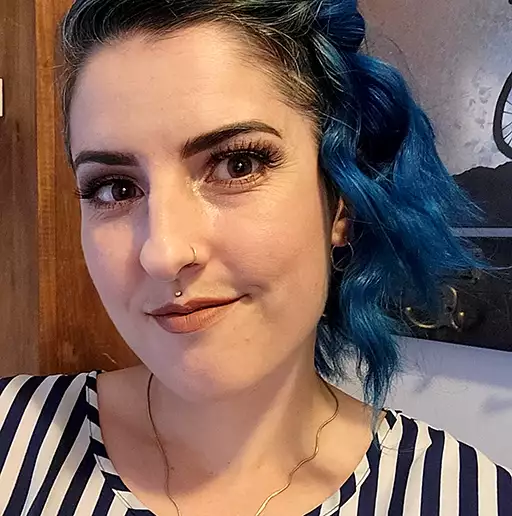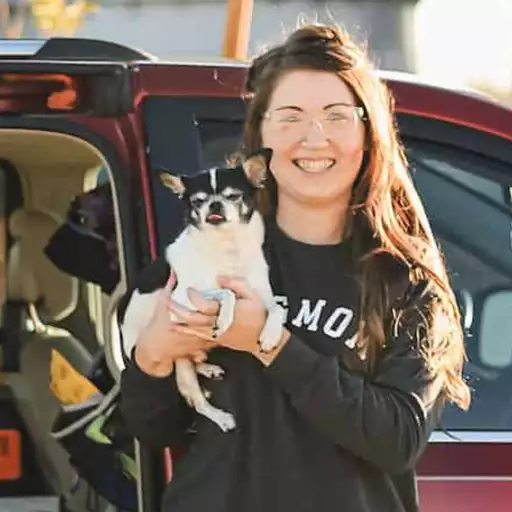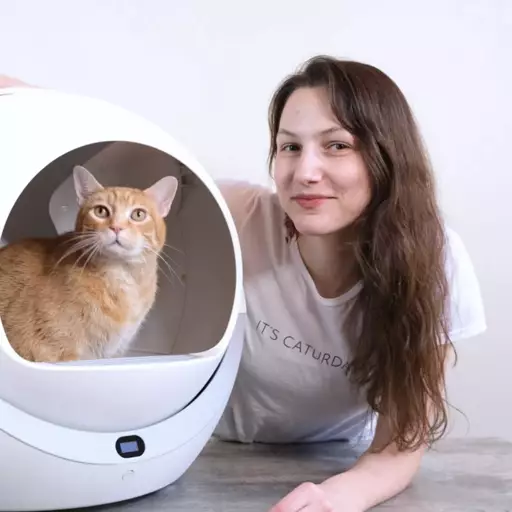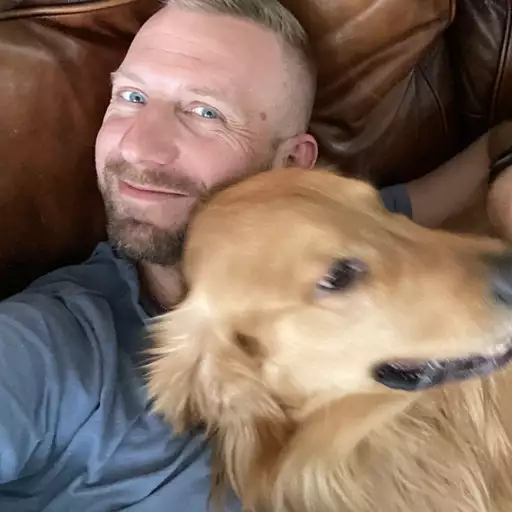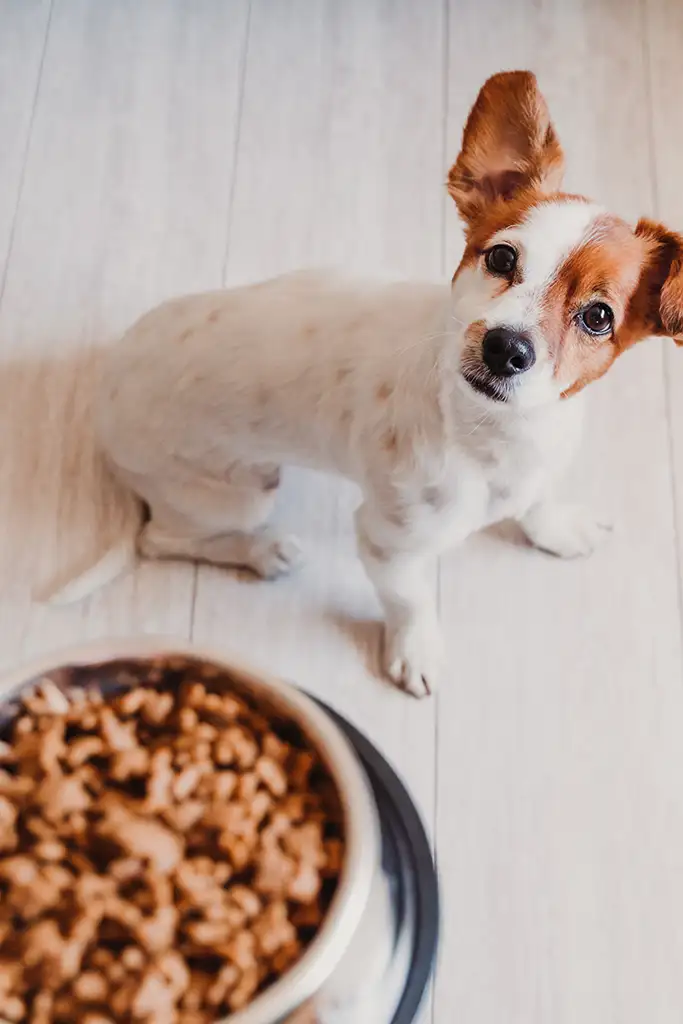Dog Jowls : Our Complete Guide to Common Questions About Droopy Jowls
Quick Guide
When you’re face-to-face with a Great Dane or a Bloodhound, the first thing you notice is the stretchy skin that hangs down on either side of their mouth. These are the jowls and they’re a distinguishing physical feature for many breeds ranging from Bulldogs to Boxers.
Every dog has skin around their mouths, but for some dogs that skin is particularly loose and floppy. What purpose do the jowls serve and do dogs with droopy jowls have a higher risk for certain health problems? That’s what we aim to find out.
In this guide, we’ll discuss the purpose of dog jowls and explore some of the most common breeds that have them. We’ll also talk about some of the health problems that can be connected to dog jowls.
What is the Purpose of Dog Jowls?
It would be hard to imagine certain dog breeds without their long jowls. A Basset Hound wouldn’t look quite the same without droopy lips to match his floppy ears! Some experts suggest, however, that jowls do more than just give certain breeds their characteristic appearance.
Dog jowls fulfill the following purposes:
- They enable the dog to open their mouths wider to take in more food without it falling out.
- They help keep more moisture (saliva) in the dog’s mouth, so it doesn’t dry out.
- They provide some protection for the delicate internal structures of the face and head in a fight.
- They keep excessive water from entering the dog’s mouth when it is swimming.
- They can trap large amounts of air close to the mouth which is helpful for dogs that swim.
- They help waft scents toward the nose which helps with tracking and other scent-work.
While dog jowls do serve a purpose in many ways, large and droopy jowls are generally the result of human breeding. Some people simply seem to like the look of them. Over the course of generations, breeders for certain breeds actively select for dogs that have more prominent jowls.
Conversely, dog jowls are sometimes viewed negatively in a dog’s appearance. According to one study, dogs with jowls like the Cane Corso are considered less cute than breeds like the Jack Russel or White Shepherd. In the end, it all comes down to personal taste.
Most Popular Dog Breeds with Droopy Jowls
Though all dogs technically have jowls, they are much more pronounced in some breeds. For the most part, it’s larger dog breeds that have jowls. It would be quite a sight to see a chihuahua with droopy cheeks or a dachshund with jowls that drag on the floor!
Here are some of the most popular dog breeds with jowls:
- Basset Hound
- Bloodhound
- Boxer
- Bulldog
- Bullmastiff
- Cane Corso
- Dogue de Bordeaux
- Great Dane
- Neapolitan Mastiff
- Newfoundland
- Rottweiler
- Saint Bernard
Dog breeds with droopy jowls tend to experience a common problem: drooling. The loose skin around the face accumulates moisture and allows it to drip down the sides of the face. Be mindful, however, that experts suggest excessive drooling can also be a symptom of a serious medical problem.
Common Health Issues with Droopy Jowls
Your dog’s jowls are made up of folds of skin. As is true for dogs with floppy ears, excess skin around the face can accumulate moisture and create a ripe environment for bacteria and fungal infections to form.
Dogs with droopy jowls can develop the following health issues:
- Oral papilloma virus
- Lip fold dermatitis
- Dental abscesses
- Lip wounds
Oral Papilloma Virus
Dogs with jowls often develop small bumps or warts in the corners of the lips and the lining of the mouth. These are viral warts, or noncancerous (benign) growths caused by papilloma virus. Oral papilloma virus is most common in younger dogs under the age of two and they can appear suddenly.
In most cases, the growths don’t bother the dog at all but if the dog bites them, they could bleed and become infected. In this case, they may become painful, and your dog may need antibiotics to treat the infection. The experts at Merck Veterinary Manual suggest that if they don’t bother your dog at all, the growths will generally go away within a few weeks or months.
Lip Fold Dermatitis
Dogs that have a lot of extra skin around the mouth can develop something called lip fold dermatitis. This is a form of chronic skin inflammation that happens when the lips accumulate too much moisture. When excess moisture combines with poor hygiene, it can create an environment in which bacteria can grow which then contributes to more inflammation, swelling, pain, and odor.
Treating lip fold dermatitis usually involves keeping the jowls clean. You’ll likely need to clean the skin folds 1 to 2 times a day with a milk skin cleaner or wash medicated with benzoyl peroxide. It’s also important to keep the area dry. Your veterinarian may also recommend a medicated ointment.
Dental Abscesses
A dental abscess is a severe infection that develops around the root of a tooth. It’s most frequently the result of bacteria entering through a broken tooth or a tooth that has been traumatized. While droopy jowls may not directly cause dental abscess, they can harbor the bacteria that might cause an infection if your dog has poor dental hygiene or dental injuries.
Lip Wounds
If your dog gets into a fight, the other dog might be more likely to latch onto the jowls than to access the more delicate structures of your dog’s face. In cases like this, the injury might be obvious, and you’ll seek veterinary care immediately. More minor injuries, such as scratches or small cuts, however, may be less noticeable and can easily become infected if they aren’t promptly treated.
Oral hygiene is essential for all dogs, but particularly for dogs with droopy jowls. Studies suggest that over 80% of dogs past the age of three have some degree of active dental disease.
Though it starts off slow with plaque and tartar build up, dental disease in dogs can progress to trigger inflammation, pain, infection, and even tooth loss. When it comes to periodontal disease in dogs, prevention is the best option. Brush your dog’s teeth daily and make sure oral exams are part of his annual checkup. Ask your vet whether a professional cleaning is recommended.
Wrapping Up
As cute as your dog’s droopy jowls may be, it’s important to understand the potential health risks that can be associated with them. All that extra skin can collect moisture, bacteria, and other debris which may put your dog at risk for infection – not to mention bad breath!
Cleaning your dog’s jowls is one of your responsibilities as a dog owner, as unpleasant a task as it may be. How often you’ll need to do it depends on your dog’s breed and your veterinarian’s advice.
To clean your dog’s jowls, start with a medicated pet wipe or a solution from your vet designed specifically for this purpose. These products often contain chlorhexidine or benzoyl peroxide to help kill bacteria without harming your dog or irritating his skin. Spread apart the folds of the jowl and wipe deep into the fold, removing any debris or excess moisture you come across.
After cleaning the jowls, let them dry thoroughly. If your dog has developed dermatitis or other skin issues, your veterinarian may also recommend applying a medicated ointment.
Frequently Asked Questions
What are the bumps on my dog’s jowls?
Dogs often develop oral warts, small bumps on the lips, gum, mouth, and jowls. These bumps are technically benign tumors, often caused by papilloma virus. Treatment generally isn’t required unless the bumps become infected in which case antibiotics are generally recommended.
Why do dogs’ jowls smell?
Dogs with large jowls tend to accumulate moisture and all that moisture creates the perfect environment for bacteria and fungi to thrive. Cleaning the jowls with a medicated wash or wipe (recommended by your veterinarian) can help neutralize the odor.
Why is my dog’s jowl dropping on one side?
If the jowl on only one side of your dog’s face is dropping, it could be a sign of facial paralysis, often the result of nerve damage from trauma or infection. It could also be chronic skin inflammation. In either case, it’s wise to consult your veterinarian.
How to give liquid wormer to a big dog with jowls?
Giving liquid medicine can be tricky, even if your dog doesn’t have big jowls. The best technique is to insert the syringe in the corner of your dog’s mouth, angling it past the tooth line toward the throat. When you depress the syringe, the medication will hit the back of the tongue and your dog will swallow.
What cartoon dogs have droopy jowls?
Some of the most iconic canine characters with droopy jowls include Droopy, an anthropomorphic Basset Hound, along with his twin brother Drippy and his son Dripple. Goofy, a Walt Disney Character and friend to Mickey Mouse and Donald Duck, has jowls as well but they are much less droopy.

